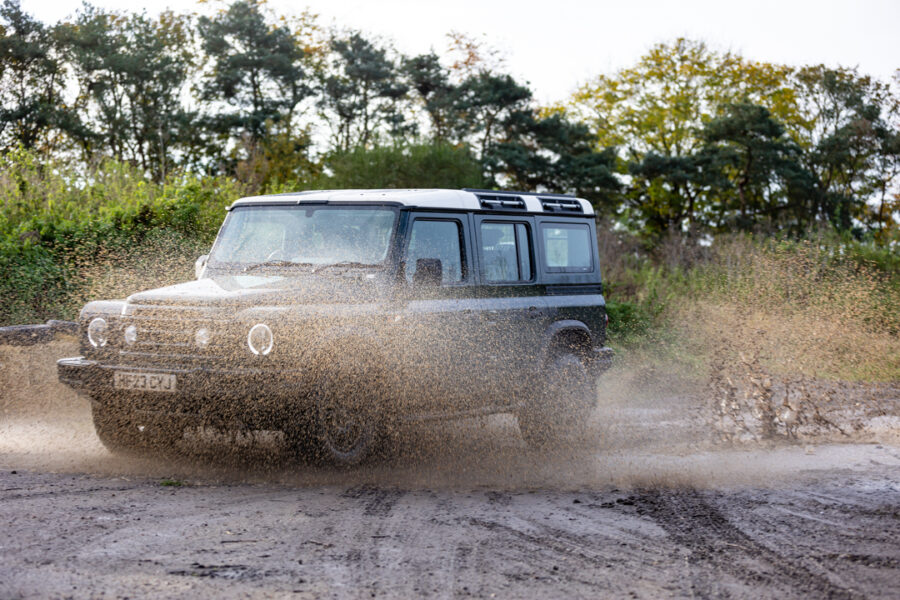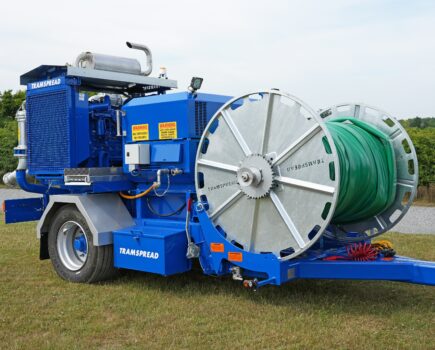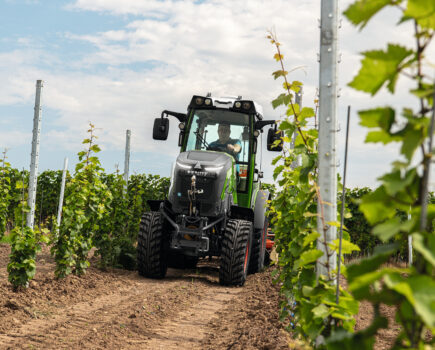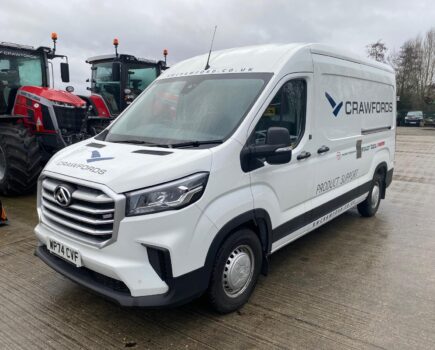Farmers are increasingly undertaking their own haulage, driving demand for heavy goods vehicle training – and visitors to the Midlands Machinery Show in November got the chance to get behind the wheel.
“Because of the driver shortage it’s increasingly difficult to get people to haul farmers’ sugar beet or grain, so they’re buying their own lorries and delivering it themselves,” said instructor Paul Bown at Diamond Driver Training.
The driver shortage also meant that wages increased from about £35,000/year to £40,000-£45,000/year, and those extra costs had to be passed on – usually to the bottom of the supply chain. “A lot of farmers found it cheaper and better to do it themselves – and if they get a commercial licence they are using it to generate extra income.”
So what’s involved? Firstly, you need an HGV medical to apply for a provisional licence, followed by a hazard and perception theory test. Typically drivers will have 16 hours of practical driving experience before taking their full test, which involves an off-road module for reversing, coupling and decoupling, and an on-road test. Obtaining a commercial licence involves a couple of extra modules, and the whole process costs about £3,000.
“The most common faults we see are pulling out onto roundabouts, because the vehicle is so long, and not using mirrors properly – there are so many blind spots you have to check all the mirrors,” said Paul.
Those interested in getting their own equipment can pick up a second hand cab for about £30,000 and a grain trailer for £20,000-£25,000, which for larger farms generating additional income can result in a reasonably rapid return on investment.
At the smaller end of the scale, rugged off-road vehicles are a vital part of most farmers’ fleet, but most test drives are road-based, so give little feel for off-road performance. Fortunately, visitors to the Show could have a go on a proper off-road course, helping them to choose the right vehicle for their needs.
“A lot of people know what they like and stick to a brand,” said Simon Jones from machinery dealer Chandlers. But there are new manufacturers and models on the market, so it’s worthwhile taking a look at what else is out there. “SsangYong make brilliant trucks, just nobody’s heard of them,” he explained. “But once you get someone in to drive them, they’ll buy them.”
It’s the same with the new INEOS Grenadier. “People who’ve always had Land Rovers want to hate it, but after a test drive they invariably love it. It’s a proper work truck and we’ve sold a lot since April.”
The Grenadier is powered by a three-litre petrol or diesel BMW engine with an eight-speed automatic ZF gearbox in permanent four-wheel-drive. “It’ll keep the torque at the optimum position, whether you’re driving from tarmac straight into a field – you don’t have to stop and swap,” said professional driver Miles Kirwin.
Buyers can opt for a road-orientated passenger model or off-road workhorse. Tyre choice is important – the BF Goodridge off-road tyres have tread pattern down the side wall to enable steering for traction, with Kevlar side walls to protect against stone damage, noted Miles.
The cab is designed for practical use – large knobs and buttons work better for cold or gloved hands, the footwell can be hosed out, and the manual gearbox override is useful when towing. Behind the wheel, the steering is light despite slippery conditions, and the car makes easy work of the deep ruts and puddles. “We’ve had a lot of people who want to drive it – the aim was to make the ultimate 4×4.”
Visitors could also be driven by professional drivers in the Ford Ranger Wildtrak – a popular pick-up in the farming sector, courtesy of Woldmarsh.
“Giving the people a chance to get hands-on with a vehicle is a real treat that we can offer at the Show,” said event organiser Elizabeth Halsall. “The live demos and test drives mean they can experience first-hand how a machine will perform before they commit to a buying decision.”





